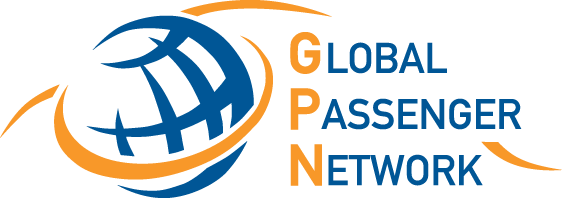
Clean water in Zimbabwe
Scroll to read more
Corporate Social Responsibility
Our CSR initiatives
Our core mission is to pave the way for a better collective future — a future that truly impacts people, communities, and the planet. In addition to our commitment to carbon neutrality, waste reduction, and circular economy principles, we have partnered with Sabona to create a dual-purpose initiative and launch the Second Life Project. A project that goes beyond our borders and beyond the confines of our industry but making a world of difference for some of the world’s most vulnerable populations.
Second life project in Zimbabwe
Solar-powered boreholes
The Second Life Project is bringing new life to used and end-of-life solar panels and changing lives in communities across Zimbabwe. The panels are being reused to build solar-powered boreholes that provide clean water for both communities and vegetable gardens to improve health, nutrition, economic well-being and overall living conditions in Africa.
The project supports the UN Sustainable Development Goals and is a true story of transformation and hope.
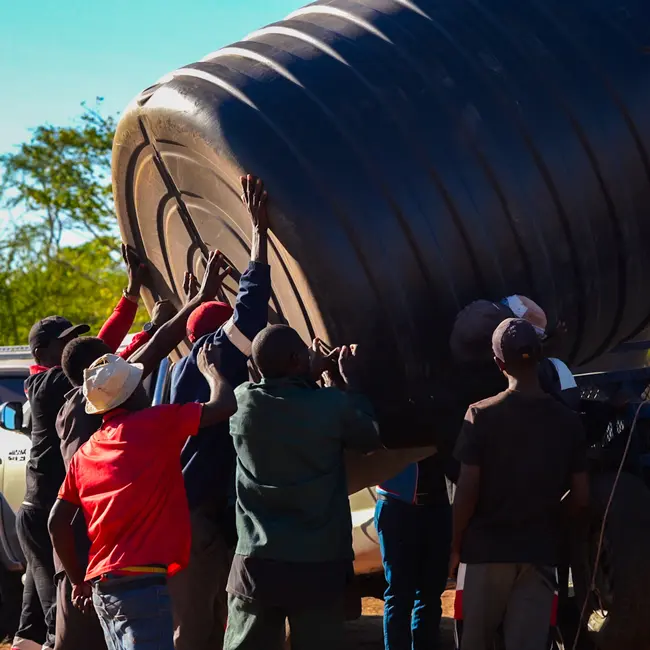
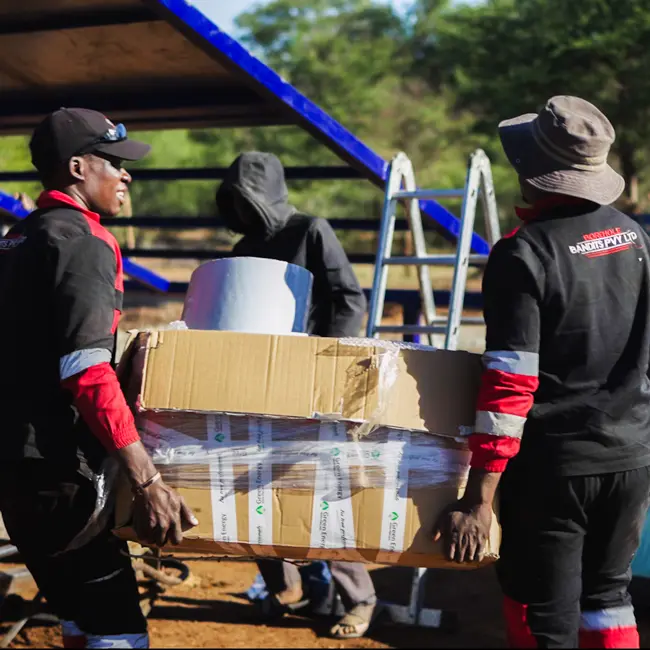
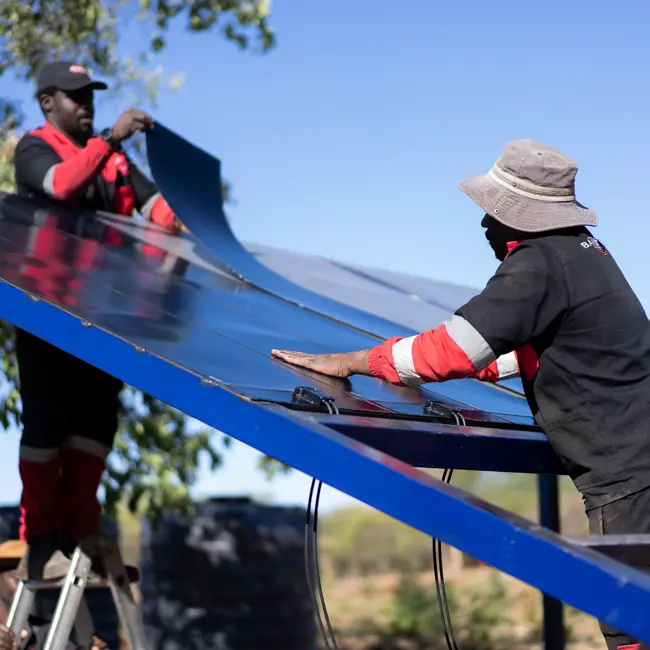
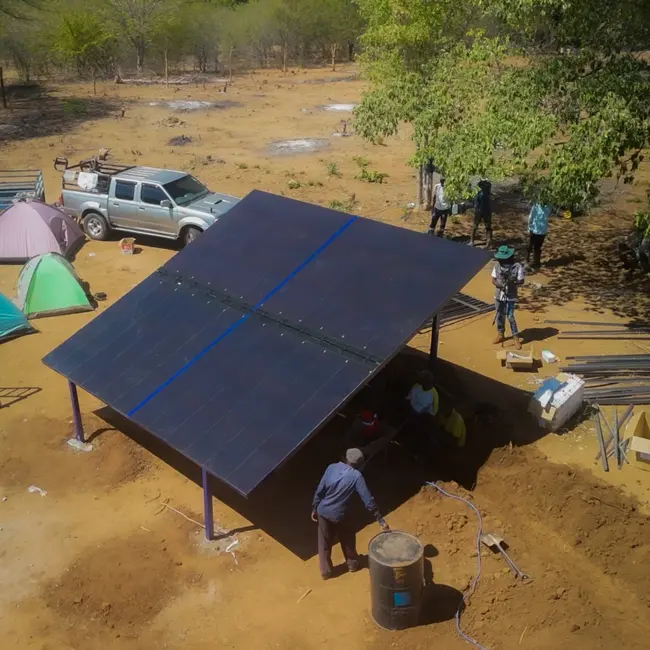
Water and sanitation
A human right
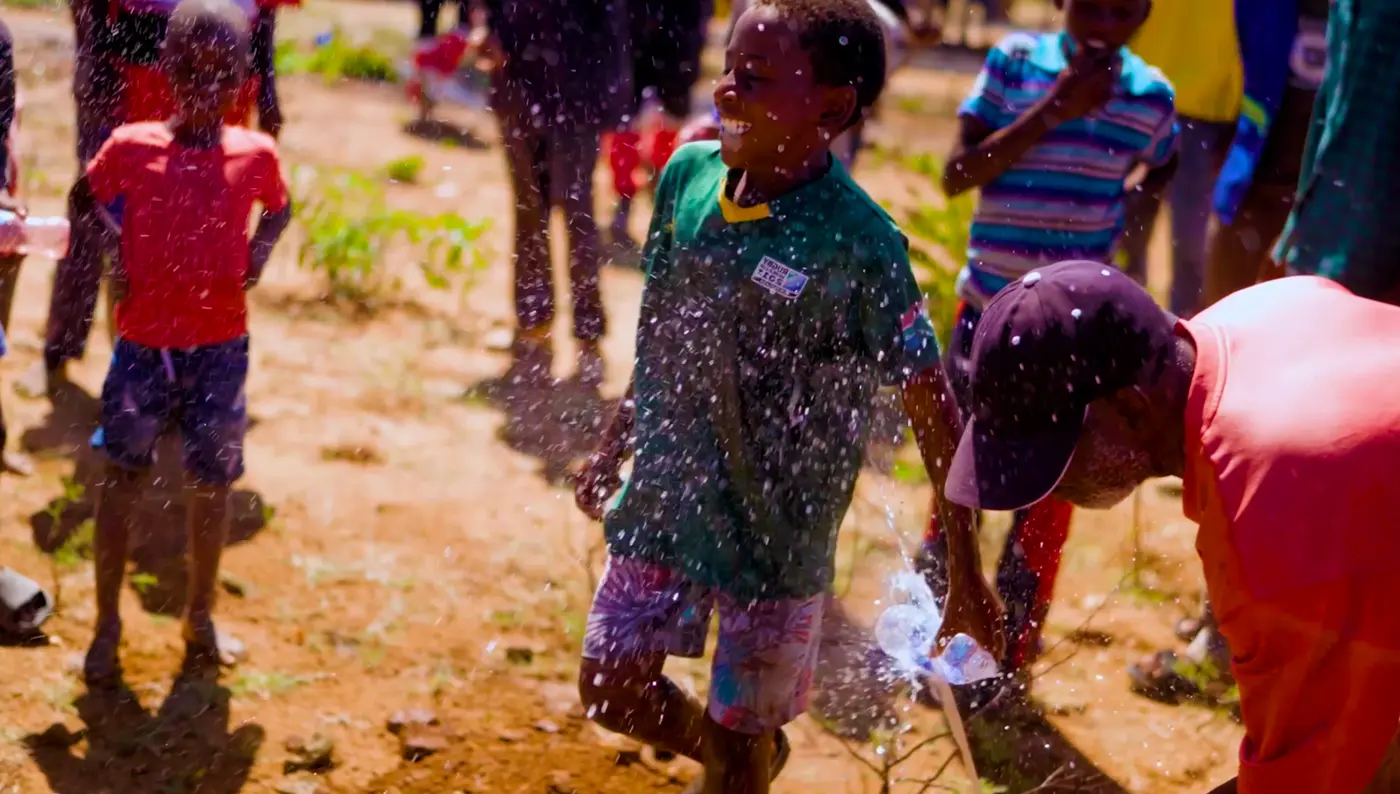
Water is the foundation of life. It is essential for human health, food security, biodiversity and climate change. But the world is facing a water crisis: demand for clean, drinkable water exceeds supply in many areas. According to the World Health Organisation (WHO) and UNICEF, around 2.2 billion people worldwide lack access to safe drinking water and approximately 785 million people lack even basic drinking water facilities. Africa is particularly affected, with almost a third – or 353 million people – struggling to access clean drinking water.
This reality is unacceptable. We stand together with Sabona to change that. By building sustainable water supply systems and implementing solar-powered boreholes, we bring clean water to communities in areas where there has been no access to clean water. With a single solar-powered borehole, we can deliver between 2,400 and 3,000 liters of water per hour, equivalent to 72,000 liters of water per day. This water can be used for drinking, agriculture, and cooking.
This reality is unacceptable. We stand together with Sabona to change that. By building sustainable water supply systems and implementing solar-powered boreholes, we bring clean water to communities in areas where there has been no access to clean water. With a single solar-powered borehole, we can deliver between 2,400 and 3,000 liters of water per hour, equivalent to 72,000 liters of water per day. This water can be used for drinking, agriculture, and cooking.
06. Clean water and sanitation
Gender equality
Women rise to hope
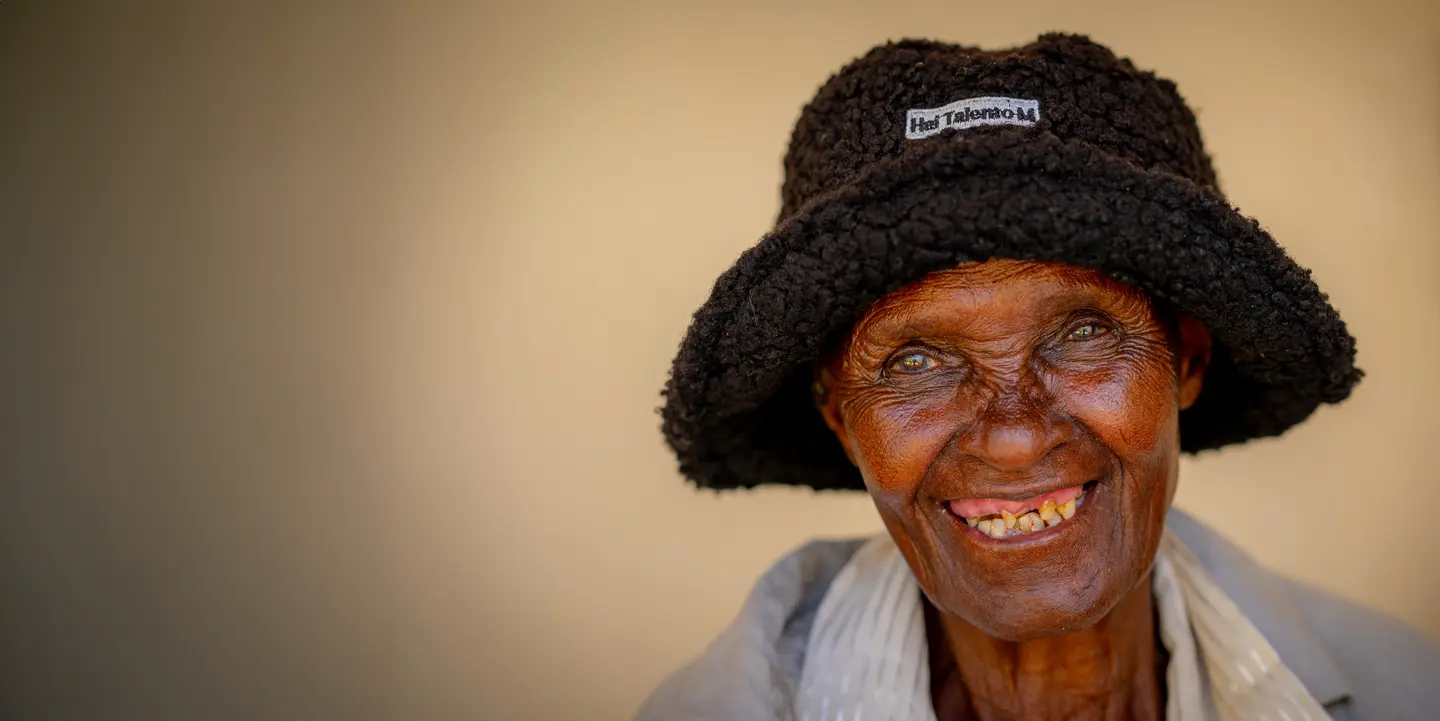
Before our work in Zimbabwe, women and children had to walk long, exhausting distances every day to bring water. They woke up early before sunrise and walked up to 25 kilometers. This time could have been spent earning money, working in agriculture to provide food, and allowing the children to attend school instead of fetching water. This burden made life hard for them. With our solar-powered boreholes, this is now history. Clean water is now easily accessible. The women no longer have to make long walks for water and can instead spend their time with their families and in the community. The same goes for the children who now come to school well-rested and ready to learn.
05. Gender equality
10. Reduced inequalities
Equality & climate
We fight for women and climate
The image of the African woman elegantly balancing a water jar on her head has become a symbol of the African continent. But behind this image lies a reality where women bear a disproportionate burden. They are far more vulnerable to climate change than men are, an injustice that we must recognise.
08. Decent work and economic growth
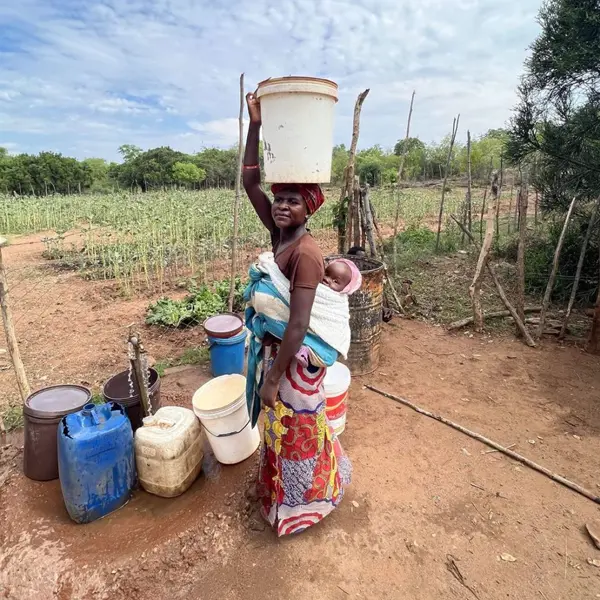
Just as there is a gap between the rich and poor world, there is also a deep gap between men and women in developing countries. This gap is a result of a gendered division of labour, where women are responsible for the family, household and agriculture. In Africa, women account for almost 80 per cent of agricultural production, yet they are generally poorer than men. This makes them particularly vulnerable to the devastating effects of climate change. For this reason, it is crucial to ensure that development work not only focuses on poverty, but also takes gender-specific challenges into account. Climate policy is not gender-neutral; it affects individuals differently depending on their resources, and women are among the most marginalised.
05. Gender equality
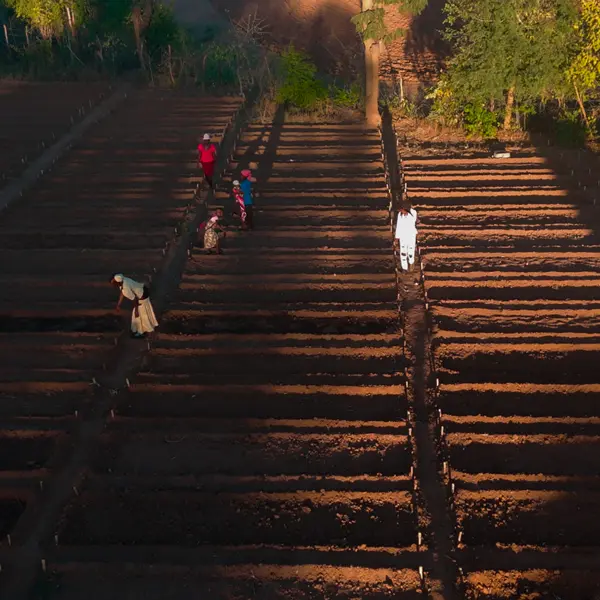
In sub-Saharan Africa, women collectively spend 40 billion hours a year fetching water – a time commitment equivalent to the entire French labour force in one year. This incomprehensible time commitment is a reflection of the extreme poverty in the region. While people in Europe work to generate income, many Africans work primarily to secure the most basic living conditions, often leaving no time for income-generating activities. Climate change will only make this situation worse, as it will become even more difficult and time-consuming to collect water. As a result, many girls are likely to be taken out of school to help with the extra workloads, reducing women’s opportunities for education and economic empowerment. At the same time, their time to participate in public life and contribute economically will be limited, which will only further increase poverty levels.
This unfair burden of labour borne by women in Africa illustrates a deep inequality that is only made worse by climate change. The Second Life project is therefore not just about access to water; it’s about creating hope and new opportunities for these young girls and women in Africa.
This unfair burden of labour borne by women in Africa illustrates a deep inequality that is only made worse by climate change. The Second Life project is therefore not just about access to water; it’s about creating hope and new opportunities for these young girls and women in Africa.
10. Reduced inequalities
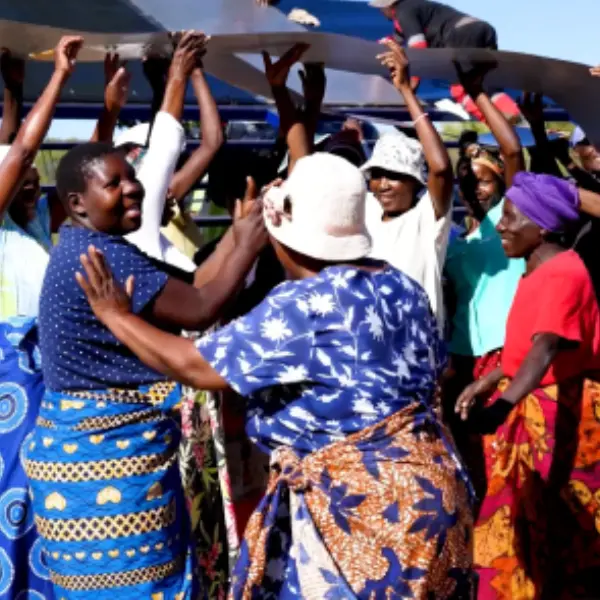
Improved water access
Clean Water and Health
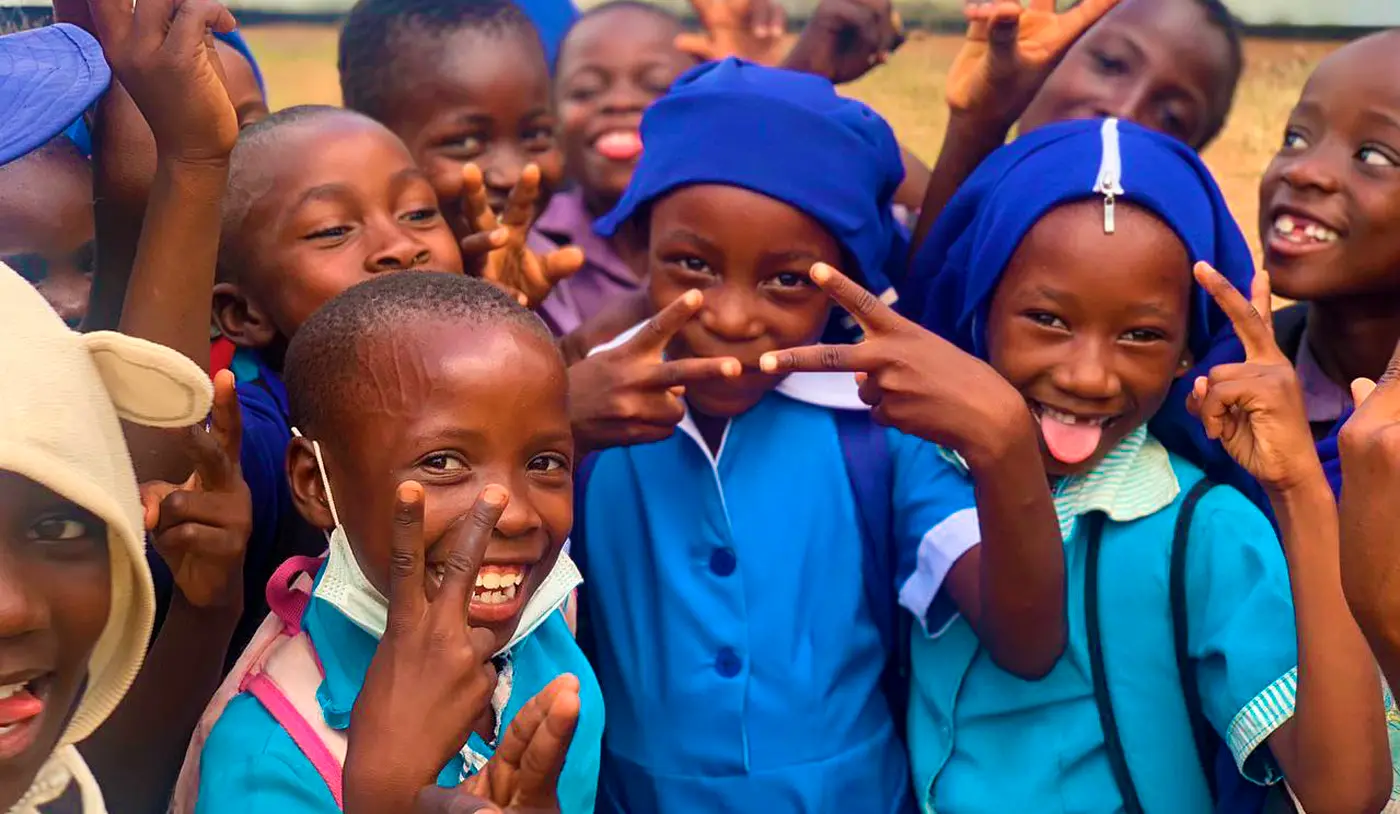
The profound impact of a lack of clean drinking water on health and well-being cannot be overstated. The solar-powered boreholes ensure a reliable supply of clean water, improving hygiene and playing a crucial role in disease prevention such as diarrhoea and cholera. This initiative saves lives and fosters better overall health conditions.
Read more
In Zimbabwe, most communities suffer from a lack of clean drinking water, which has serious consequences for health and quality of life. Improving access to water not only strengthens hygiene and sanitation, but also reduces the spread of diseases such as diarrhoea, cholera, typhoid and guinea worm. This is essential for improving health and living conditions.
According to UNICEF, approximately 1,400 children under the age of five die every day from diseases caused by unclean water and poor water conditions and lack of water in developing countries are responsible for a third of all deaths. These figures emphasise the need for immediate solutions to ensure all communities have access to clean water and proper sanitation. It’s not just about improving living conditions; it’s about protecting lives, promoting sustainable development and offering a future where children can not only survive but also live healthy lives.
03. Good health & well-being
06. Clean water and sanitation
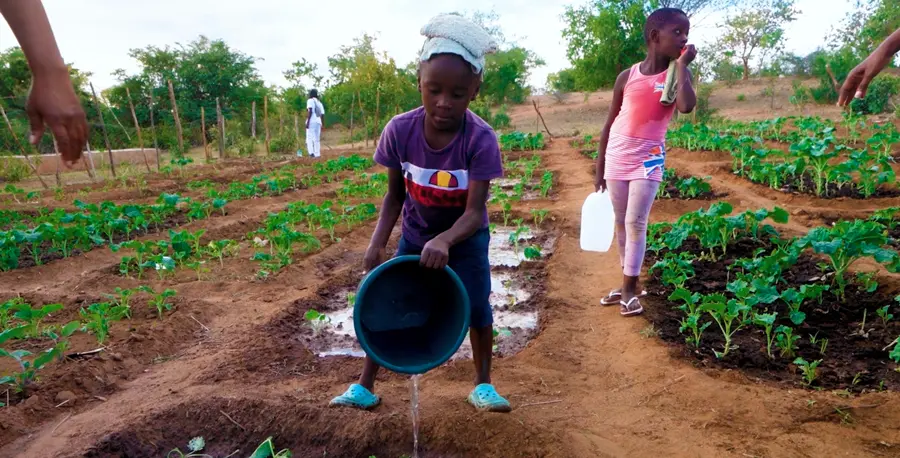
Growing together
Economic growth through vegetables
An important aspect of the project is the establishment of large vegetable gardens that are watered with water from the solar-powered boreholes. These gardens serve two purposes: to secure local food supplies and to create economic opportunities through the sale of vegetables to nearby tourist hotels.
01. No poverty
02. Zero hunger
10. Reduced inequalities
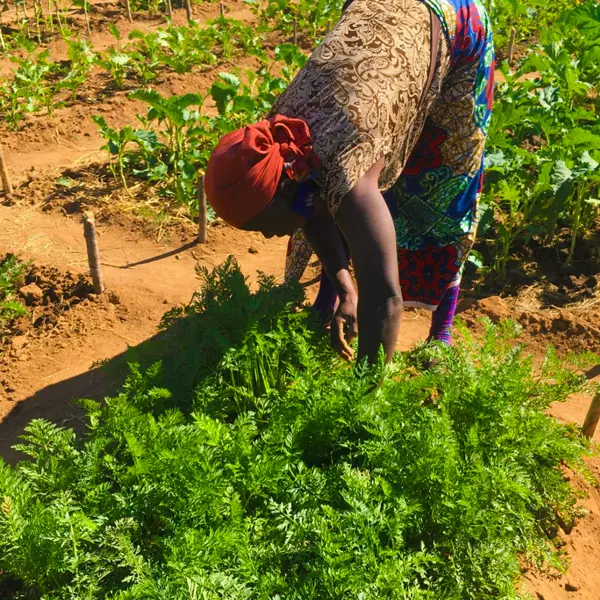
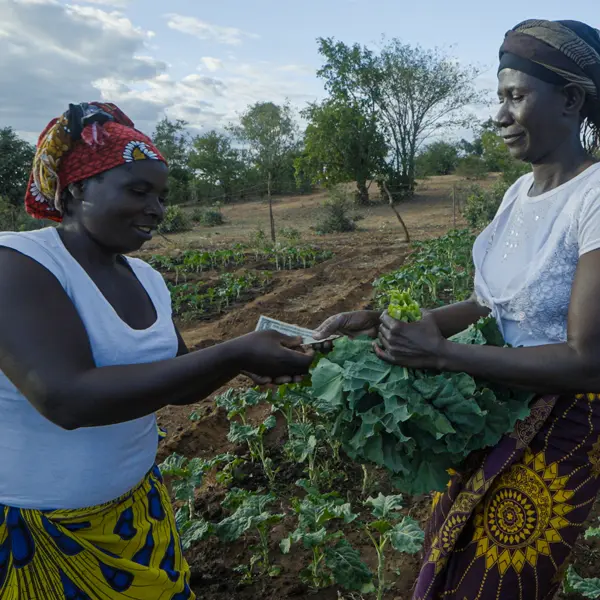
Partner
Second life project partner
Sabona is a dedicated aid organization working at the grassroots level to create a better future for the people of Zimbabwe, a conflict-ridden country in southern Africa. The organization focuses primarily on education, employment, and health, believing that all three are essential to building a sustainable society. Sabona’s approach is based on self-help, which they see as the key to long-term success.
Sabona’s vision is to see Zimbabwe and its people flourish. The name “Sabona” means “I see you,” reflecting their philosophy that all individuals should be seen and valued to grow and contribute to society. The organization is deeply committed to several fundamental principles:
Sabona’s vision is to see Zimbabwe and its people flourish. The name “Sabona” means “I see you,” reflecting their philosophy that all individuals should be seen and valued to grow and contribute to society. The organization is deeply committed to several fundamental principles:
Education
Sabona believes that education is the key to a better future and a vital tool for personal and community development.
Self-help
They focus on providing people with the necessary tools and resources to help themselves and create lasting improvements in their lives.
Sustainable employment
The organization strives to create sustainable job opportunities that ensure economic stability and growth within local communities.
Local project ownership
Sabona emphasizes that projects should be owned and driven by locals, ensuring greater engagement and accountability.
Direct funding
All funds are sent directly to the projects to ensure resources are used effectively and reach those who need them most.
Promoting equality
Sabona actively works to promote equality and ensure that everyone has equal opportunities to participate and contribute to society.
We are proud to work alongside Sabona in creating a better future for the wonderful and resilient people of Zimbabwe.
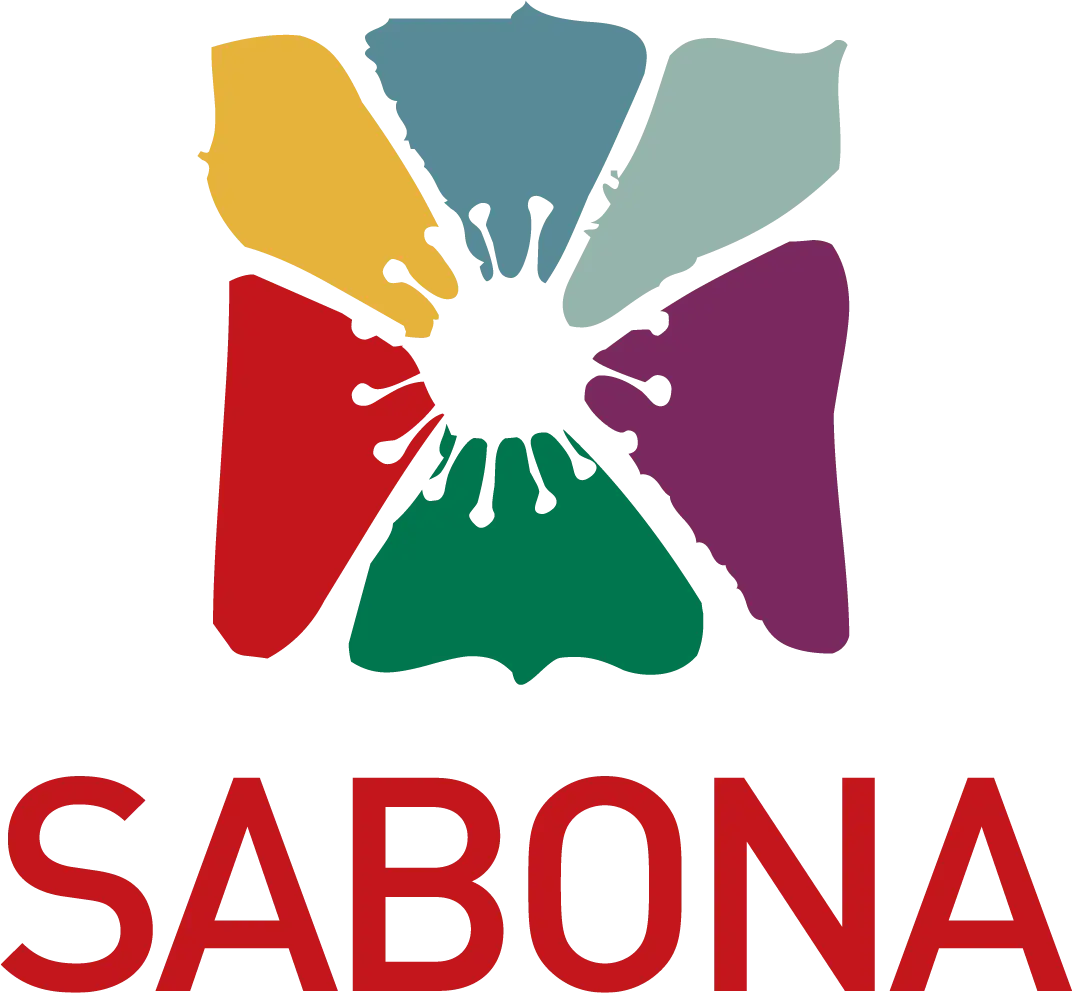
A story of change
A brighter and greener future
This project is not just a solution; it represents a collective responsibility and a transformative narrative where today’s actions contribute to a brighter tomorrow for Zimbabwe.
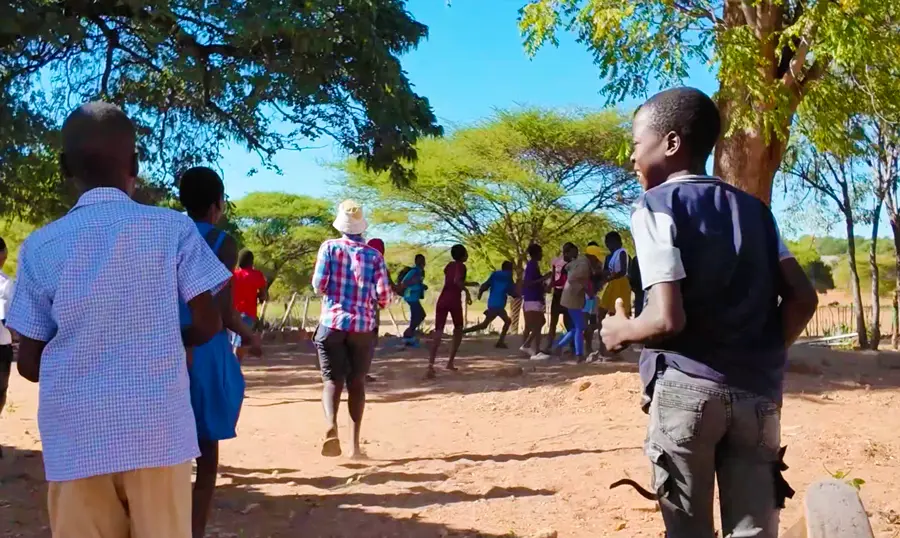

Become a part of the story
Want to be part of our journey towards sustainability and hope in Zimbabwe? Contact Sabona today to learn more about how you can support our Second Life Project and help create positive change that transcends borders and generations.


